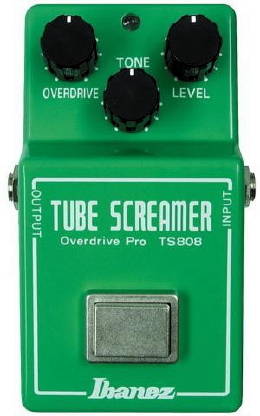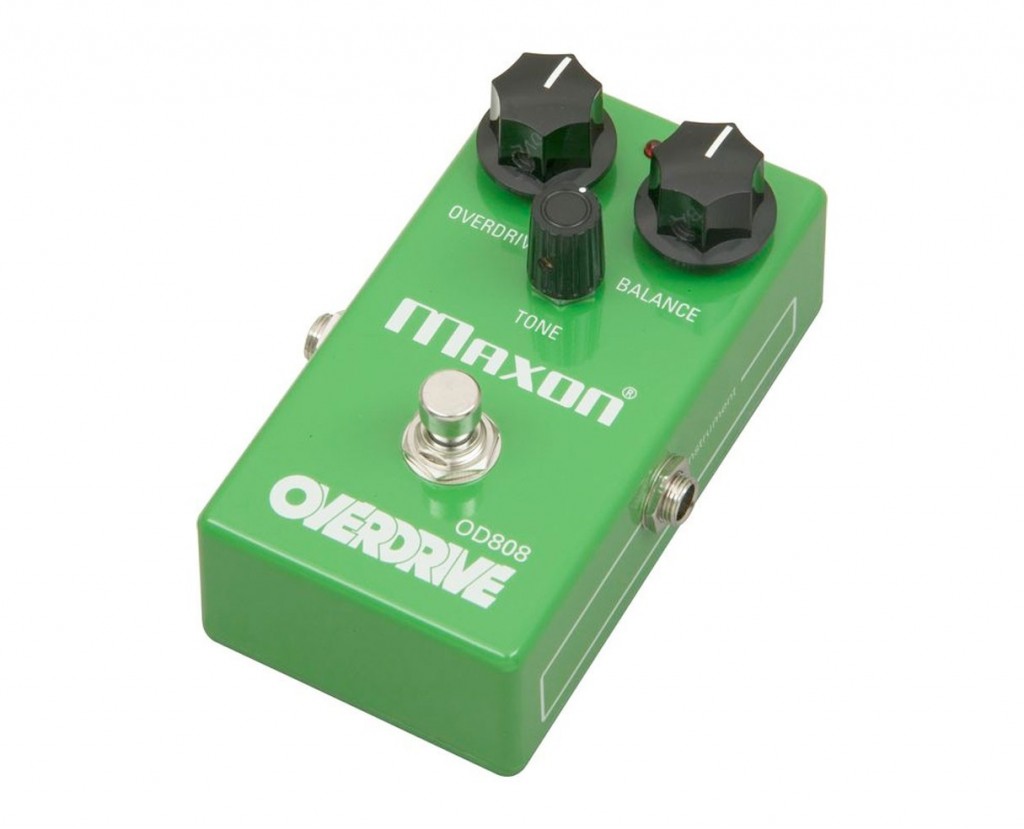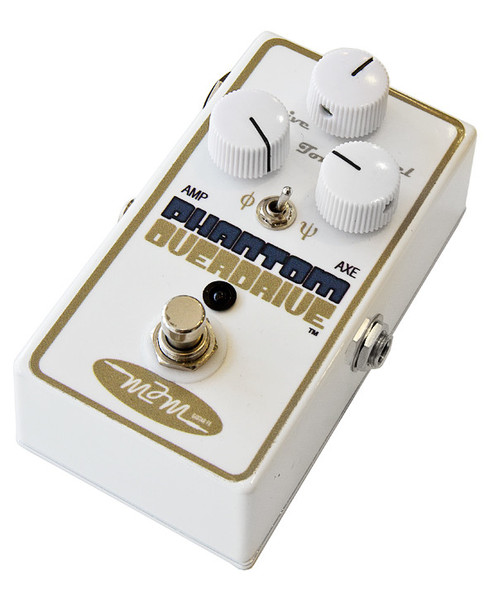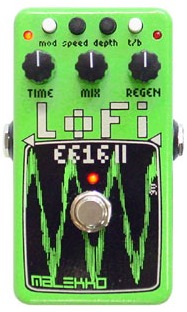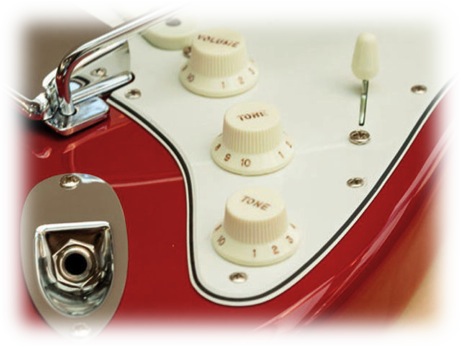A Guide for Guitarists to Sound Good in a Live Setting
Guest Post by Guitarist, Jason Rooney
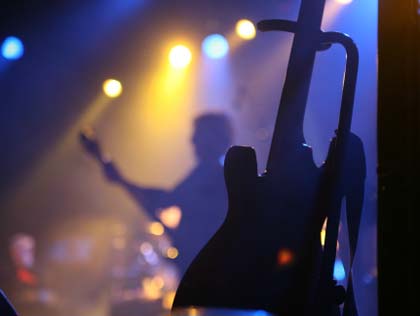 A live gig can sometimes be a chaotic environment. Cramped spaces, gear and cables everywhere, nervousness, tensions between band mates, promoters, sound men, just to name a few possible distractions. There are enough variables to cause headaches and keep every musician from what I feel is the ultimate goal: Making the best musical and artistic expression you can. I’ll do my best in this article to offer some tips that have made my live playing experiences a little less hectic for me and have allowed me to focus more on my own musical expressions.
A live gig can sometimes be a chaotic environment. Cramped spaces, gear and cables everywhere, nervousness, tensions between band mates, promoters, sound men, just to name a few possible distractions. There are enough variables to cause headaches and keep every musician from what I feel is the ultimate goal: Making the best musical and artistic expression you can. I’ll do my best in this article to offer some tips that have made my live playing experiences a little less hectic for me and have allowed me to focus more on my own musical expressions.
It is important to remember that all instruments should share the sonic space and not fight for it. I find this especially evident in the case of the electric guitar. One of the biggest struggles for some guitarists is how to fit it – tonally. Most great players have no problem filling in a solid rhythm or lick here and there, or even pulling out all the stops with mind blowing solos, but if that all gets lost in the mix of everything going on, those efforts and musicianship can often go unnoticed. Finding a sonic balance can be challenging and often perplexing. It seems that many guitarists have the tone they want in their head, and when they dial it in and play, it can sound muddy or even like somebody has driven ice picks into your ears. Everybody has their preferences and opinions of tone, and that is one thing I love about the guitar, but everybody should take some time to clear up their tone. This means, finding where the voice of your guitar blends well with the other instruments for the type of music you’re playing, as well as the room you’re playing in. See how the bass of your instrument blends with the bass guitar. Is it too boomy, or is it tight and pronounced? Are you struggling in the same space with keyboards or horns? I know a lot of us like to feel what we’re playing too, but that can get muddy quick. Don’t get caught in what I like to call the treble trap. I’ve heard a lot of players, particularly those who favor large amounts of distortion, who tend to go overboard with the high end, often sounding like a nasally buzz saw with no note clarity. I feel that the guitar really sings in the midrange, with a good balance of high and low on either side.
RELATED: EQing your Guitar Amp
Having the best equipment you can afford and keeping it well maintained is almost a requirement, especially in the live gig or touring world where gear certainly can receive a beating. Let’s start by looking at the signal path as a whole starting with your instrument. A guitar that is comfortable to play and has been intonated and tuned properly can save a lot of time tuning between songs, or even worse, in the middle of a song. Having the freshest strings you can help you start with a good crisp and clear sound that will articulate better into the pickups, through your guitar, and on to your cables. For cables, many folks have brands they stick to, but I’ll recommend something that is durable on the stage, has little to no “hiss” and that are shielded well to resist as much outside interference from other electronics, radio frequencies, etc. Again, there can be a lot of chaos going on around you, so protect that signal and send it clearly on its way to the next stop in the chain.
When it comes to the pedal board, if you are a player who uses effects, this is where things can get very muddy. My “quality cable rule” definitely applies to pedalboards. Don’t skimp on patch cables. Get the best you can afford, because remember they are part of the chain too. Be sure your pedals have adequate power. Low batteries can suck your tone, especially in digital effects. There are some cases where a dying battery, or voltage sag, can give some distortions or fuzzes some cool qualities, but I digress. Beware of power transformers or wall warts that hum. A good regulated power supply is recommended here. It’s also a good idea to be sure that your power supply is going to handle all the pedals you plan to power with it. Most power supplies with have an output rating listed in MV, and your pedals should have an indication on the power they will need to operate properly. Then there is the argument for True Bypass. The area of input signal bypass can be a bit subjective, but I say, if there are any pedals that are making an obvious dent in your tone, replace it or get a bypass loop. Also another topic for a different article. Now, send that effected signal out to your amplifier of choice with another cable of good quality.
Last stop, the amp. It may not always be possible, but I recommend pulling your power from a dedicated circuit into some sort of power conditioner. This will allow you to have the cleanest source of power possible that can be monitored, and one that is also resistant to any other instrument pulling current from you when you most need it. A clean, strong power source will also ensure that your amp can operate at its fullest potential without any extra unwanted interference. Again, having a well maintained amp will help you be clear and powerful.
A little extra preparedness will always pay off. Having spare cables, strings, picks, tubes, extension chords, batteries, just to name a few, have saved me many times. The live gig is an unpredictable environment where Murphy’s law reigns supreme, but if you have a backup plan, no worries!
Live tone can be tricky and is certainly a matter of personal taste, but if you have durable gear you can trust, the cleanest signal path possible, and backup for any possible situation, you can put your mind at ease and let your ears guide you sonic dominance.
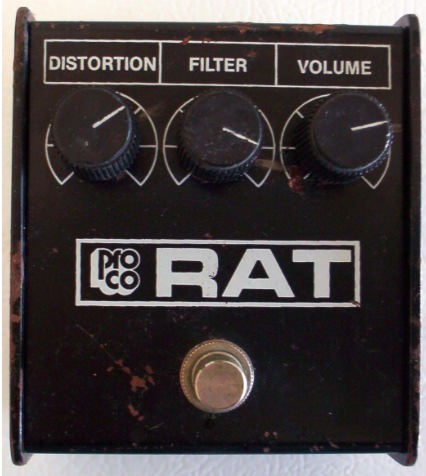 This is a Guest Post by Tom Jenkinson
This is a Guest Post by Tom Jenkinson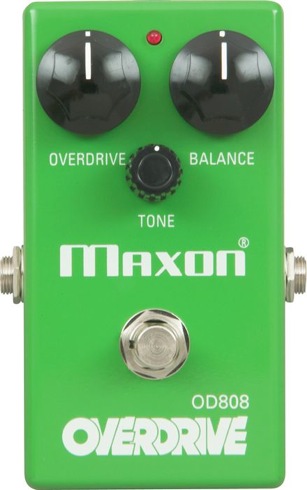

 Roger Mayer Octavia
Roger Mayer Octavia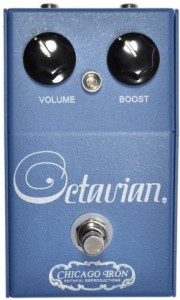 recreation of the tycobrahe original. What makes this pedal great is that it works well with most setups. While some octave pedals will sound thin, the Chicago Iron always has a nice full sound that really gets the searing lead tone. If you have the dough and are looking to go the boutique route, this is your best bet.
recreation of the tycobrahe original. What makes this pedal great is that it works well with most setups. While some octave pedals will sound thin, the Chicago Iron always has a nice full sound that really gets the searing lead tone. If you have the dough and are looking to go the boutique route, this is your best bet.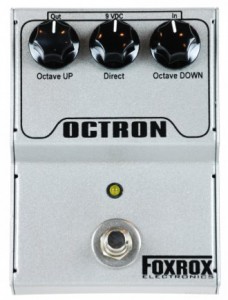 Not exactly a recreation of the classic octavia since you can also go an octave down, but can still do the octave up in spades. If you want the classic sound, but with versatility to do more, the Octron is a great sounding pedal from an excellent pedal maker.
Not exactly a recreation of the classic octavia since you can also go an octave down, but can still do the octave up in spades. If you want the classic sound, but with versatility to do more, the Octron is a great sounding pedal from an excellent pedal maker.
